Embedded Systems Building Blocks, Second Edition: Complete and Ready-to-Use Modules in CJean J. Labrosse - This second edition features revisions that support the latest version of the author's popular operating system and book, MicroC/OS-II - Complete and ready-to-use modules in C Get a clear explanation of functional code modules and microcontroller theory
You get hands-on experience with real-time system modules provided by the author and functional code modules that may be used to create basic embedded system functions. This second edition features a new chapter on PC services and uses the updated MicroC/OS-II. MicroC OS II: The Real Time KernelJean J. Labrosse MicroC/OS II Second Edition describes the design and implementation of the MicroC/OS-II real-time operating system (RTOS). In addition to its value as a reference to the kernel, it is an extremely detailed and highly readable design study particularly useful to the embedded systems student. While documenting the design and implementation of the kernel, the book also walks the reader through the many related development issues: how to adapt the kernel for a new microprocessor, how to install the kernel, and how to structure the applications that run on the kernel. This edition features documentation for several important new features of the software, including new real-time services, floating points, and coding conventions. The accompanying CDROM includes complete code for the MicroC/OS-II kernel. Robert Lacoste's The Darker Side: Practical Applications for Electronic Design Concepts from Circuit CellarRobert Lacoste Robert Lacoste's The Darker Side column has quickly become a must read among Circuit Cellar devotees. His column provides readers with succinct theoretical concepts and practical applications on topics as far reaching as digital modulation to antenna basics. Difficult concepts are demystified as Robert shines a light on complex topics within electronic design.
This book collects sixteen Darker Side articles that have been enriched with new, exclusive content from the author. An intro into The Darker Side will give examples of material that can enhance and optimize the way you design. A Scilab tutorial along with Scilab software and all project material will be included with this package so that all projects can be tackled hands-on. Bonus Circuit Cellar content will be included on the CD for FREE! It's time to stop being afraid of the dark, let this book easily guide you through the time-draining, problematic elements of your application design.
*Tips and tricks to enhance design performance
*Practical advice on topics from digital signal design to electromagnetic interference
*A project augments each topic and a CD includes Scilab software and all necessary project files Ratschläge des HerzensDalai Lama In Tibet werden die Worte großer Meister in Büchern gesammelt, die den Titel "Ratschläge des Herzens" tragen. Diese Tradition greift der Dalai Lama hier auf. Was dabei herauskommt, was sich so verständlich und schlicht anhört, ist nichts weniger als die Summe seiner Gedanken - Gedanken, die jeden von uns auf seinem Weg begleiten können, egal, woher wir kommen und was wir glauben. Ratschläge des HerzensDalai Lama In Tibet werden die Worte großer Meister in Büchern gesammelt, die den Titel "Ratschläge des Herzens" tragen. Diese Tradition greift der Dalai Lama hier auf. Was dabei herauskommt, was sich so verständlich und schlicht anhört, ist nichts weniger als die Summe seiner Gedanken - Gedanken, die jeden von uns auf seinem Weg begleiten können, egal, woher wir kommen und was wir glauben. Real-Time Embedded Multithreading Using ThreadX, Second EditionEdward L. Lamie This second edition of Real-Time Embedded Multithreading contains the fundamentals of developing real-time operating systems and multithreading with all the new functionality of ThreadX Version 5. ThreadX has been deployed in approximately 500 million devices worldwide. General concepts and terminology are detailed along with problem solving of common pitfalls and problems. The features and services of ThreadX are reviewed. The references to a specific processor have been removed to allow for the book to be technology agnostic and applicable to all types of microprocessors that the reader may be working with. Two e-book supplements will be available with registration of your book at www.newnespress.com, the first on ARM processors and the second, ColdFire processors.
*A great introduction to real-time systems including general concepts and terminology
*Get to know ThreadX 5, a real-time operating system, from an insider
*A limited version of the ThreadX 5 software is available to run all sample projects and the case study | Künstliche IntelligenzUwe Lämmel, Jürgen Cleve Die Euphorie der 80er-Jahre rund um die künstliche Intelligenz (KI) ist gewichen, der Alltag hat Einzug gehalten. Spannend ist das Thema dennoch, ist es doch eng verknüpft mit der Erforschung des Gehirns und der menschlichen Denkweise. Zudem haben die Erkenntnisse der KI Einzug in eine Vielzahl von Anwendungen gehalten.
Uwe Lämmel und Jürgen Cleve, beide an der Hochschule Wismar die künstliche Intelligenz vertretend, haben mit dem Lehr- und Übungsbuch Künstliche Intelligenz eine kompakte Einführung in dieses doch recht komplexe Thema geschaffen. Nach einer kurzen Einführung in die Grundlagen und die Motivation geht es im zweiten Kapitel gleich um die Darstellung und Verarbeitung von Wissen. Hierbei behandeln die Autoren auch vages Wissen und die Fuzzy Logic als Teil hiervon.
Das dritte Kapitel befasst sich sehr detailiert mit Suchproblemen, einem in der Informatik oft zu findenden Thema. Weiter geht es dann mit einer Einführung in Prolog — einer Sprache, mit der ich mich während meines Studiums zugegebenermaßen schwer getan habe. In Prolog geht es um das Finden von Lösungen auf der Basis von Fakten und Regeln, auch Klauseln genannt.
Diese ersten drei Kapitel — plus der Einführung — machen mehr als die Hälfte des Buches aus. Die zweite Hälfte teilt sich in neun weitere Kapitel auf. Die Themen hier sind künstliche neuronale Netze, vorwärts verkettete neuronale Netze, partiell rückgekoppelte Netze, selbstorganisierende Karten, autoassoziative Netze, adaptive Resonanz Theorie, Wettbewerbslernen, Arbeiten mit dem Stuttgarter Neuronale Netze Simulator (SNNS) und einer Implementation neuronaler Netze in Java, was für mich sehr interessant ist.
Die Vielzahl der Kapitel zeigt, dass das Thema nicht einfach ist. Dennoch gelingt es Lämmel und Cleve sehr gut, ihr Wissen kompakt und verständlich zu vermitteln. Dabei gefallen zudem die vielen Grafiken, der klare Satz und die angenehme Gestaltung. So macht der Einstieg in die künstliche Intelligenz Spaß. —Frank Müller Swift 2 Design PatternsJulien Lange Build robust and scalable iOS and Mac OS X game applicationsAbout This Book Learn to use and implement the 23 Gang of Four design patterns using Swift 2Design and architect your code for Swift application developmentUnderstand the role, generic UML design, and participants in the class diagram of the pattern by implementing them in a step-by-step approachWho This Book Is For
This book is intended for competent Swift developers who want to apply enduring design patterns with Swift to structure and scale their application code. What You Will Learn Choose the appropriate pattern depending on the problem to be solvedUnderstand the generic class diagram of each of the 23 GoF patterns and how each object participates in the patternUse Swift to implement these patterns even though the language doesn't provide all of the object-oriented programming concepts such as abstract class, interface, and so onArchitect your software to avoid the overuse of memory, time spent on calculations, or high network trafficFind the best way to organize your code to make it more secure from the outside worldPrepare your code to make it more flexible when the consumer changes or the third-party component hidden code changesStructure your code to change the algorithm to apply at runtimeDeliver Flyweight responsibility to your objectsIn Detail
Swift is a multi-paradigm language. It has expressive features familiar to those used to work with modern functional languages, while also keeping the object-oriented features of Objective-C. It remains compatible with Apple's legacy codes and frameworks. A design pattern systematically names, motivates, and explains a general design that addresses a recurring design problem in object-oriented systems. It describes the problem, the solution, when to apply the solution, and its consequences. It also gives implementation hints and examples. Knowledge about design patterns is also one of the best ways to make you different compared to other low-level developers.
This book shows you how to use Swift 2 to learn about 23 Gang of Four (GoF) design patterns, and is organized into three categories. The book will present you the five creational patterns, followed by the seven structural patterns, and finishing with the 11 behavioral patterns as defined by the GoF. Each chapter will introduce the pattern by defining its role, which common problems the pattern should be used for, its generic UML representation, how each objects presented in the class diagram participate in the pattern, and what the role of each of these objects is. The book then presents you with a concrete case as an illustration that will be used to implement the pattern using Swift. Style and approach
A step-by-step tutorial completed with screenshots and code highlights wherever necessary. Each chapter discusses one or more patterns with its definitions and a simple-to-follow illustration case using a playground or XCText project to implement it with Swift. DHTML Utopia Modern Web Design Using JavaScript & DOMStuart Langridge "Create Killer Websites Using the Power of Modern JavaScript" DHTML Utopia is an easy-to-follow, step-by-step tutorial that will show you how to make your websites more slick, dynamic, and usable.
Add dynamic interactivity to your website with DHTML by combining the power of JavaScript, Cascading Style Sheets(CSS), and the Document Object Model (DOM) to achieve bulletproof, accessible, standards-compliant, and aesthetically pleasing results that work on all browsers.
Build fancy DHTML effects that can be instantly reused in any projectLearn to code accessible JavaScript that won't trouble older browsersMake search engine friendly, multi-level, drop-down navigation menusCreate usable forms that auto-complete, just like "Google Suggest"Build dynamic web applications using remote scripting techniques/Ajax A Primer on Scientific Programming with PythonHans Petter Langtangen The book serves as a first introduction to computer programming of scientific applications, using the high-level Python language. The exposition is example and problem-oriented, where the applications are taken from mathematics, numerical calculus, statistics, physics, biology and finance. The book teaches "Matlab-style" and procedural programming as well as object-oriented programming. High school mathematics is a required background and it is advantageous to study classical and numerical one-variable calculus in parallel with reading this book. Besides learning how to program computers, the reader will also learn how to solve mathematical problems, arising in various branches of science and engineering, with the aid of numerical methods and programming. By blending programming, mathematics and scientific applications, the book lays a solid foundation for practicing computational science.
From the reviews:
Langtangen … does an excellent job of introducing programming as a set of skills in problem solving. He guides the reader into thinking properly about producing program logic and data structures for modeling real-world problems using objects and functions and embracing the object-oriented paradigm. … Summing Up: Highly recommended.
F. H. Wild III, Choice, Vol. 47 (8), April 2010
Those of us who have learned scientific programming in Python ‘on the streets’ could be a little jealous of students who have the opportunity to take a course out of Langtangen’s Primer.”
John D. Cook, The Mathematical Association of America, September 2011
This book goes through Python in particular, and programming in general, via tasks that scientists will likely perform. It contains valuable information for students new to scientific computing and would be the perfect bridge between an introduction to programming and an advanced course on numerical methods or computational science.
Alex Small, IEEE, CiSE Vol. 14 (2), March /April 2012 Machine Learning with R - Second EditionBrett Lantz Key Features Harness the power of R for statistical computing and data scienceExplore, forecast, and classify data with RUse R to apply common machine learning algorithms to real-world scenariosBook Description
Machine learning, at its core, is concerned with transforming data into actionable knowledge. This makes machine learning well suited to the present-day era of big data. Given the growing prominence of R—a cross-platform, zero-cost statistical programming environment—there has never been a better time to start applying machine learning to your data. Whether you are new to data analytics or a veteran, machine learning with R offers a powerful set of methods to quickly and easily gain insights from your data.
Want to turn your data into actionable knowledge, predict outcomes that make real impact, and have constantly developing insights? R gives you access to the cutting-edge power you need to master exceptional machine learning techniques.
Updated and upgraded to the latest libraries and most modern thinking, the second edition of Machine Learning with R provides you with a rigorous introduction to this essential skill of professional data science. Without shying away from technical theory, it is written to provide focused and practical knowledge to get you building algorithms and crunching your data, with minimal previous experience.
With this book you’ll discover all the analytical tools you need to gain insights from complex data and learn how to to choose the correct algorithm for your specific needs. Through full engagement with the sort of real-world problems data-wranglers face, you’ll learn to apply machine learning methods to deal with common tasks, including classification, prediction, forecasting, market analysis, and clustering. Transform the way you think about data; discover machine learning with R. What you will learn Harness the power of R to build common machine learning algorithms with real-world data science applicationsGet to grips with R techniques to clean and prepare your data for analysis, and visualize your resultsDiscover the different types of machine learning models and learn which is best to meet your data needs and solve your analysis problemsClassify your data with Bayesian and nearest neighbour methodsPredict values by using R to build decision trees, rules, and support vector machinesForecast numeric values with linear regression, and model your data with neural networksEvaluate and improve the performance of machine learning modelsLearn specialized machine learning techniques for text mining, social network data, big data, and moreAbout the Author
Brett Lantz has used innovative data methods to understand human behavior for more than 10 years. A sociologist by training, he was first enchanted by machine learning while studying a large database of teenagers' social networking website profiles. Since then, he has worked on the interdisciplinary studies of cellular telephone calls, medical billing data, and philanthropic activity, among others. Table of Contents Introducing Machine LearningManaging and Understanding DataLazy Learning – Classification Using Nearest NeighborsProbabilistic Learning – Classification Using Naive BayesDivide and Conquer – Classification Using Decision Trees and RulesForecasting Numeric Data – Regression MethodsBlack Box Methods – Neural Networks and Support Vector MachinesFinding Patterns – Market Basket Analysis Using Association RulesFinding Groups of Data – Clustering with K-meansEvaluating Model PerformanceImproving Model PerformanceSpecialized Machine Learning Topics 3D Printing BlueprintsJoe Larson Using the free open-source Blender software, anyone can design models for 3D printing. Fantastic fun and a great experience whether or not you have a 3D printer, this book is a crash course in the new technology.
OverviewDesign 3D models that will print successfully using Blender, a free 3D modelling programCustomize, edit, repair, and then share your creations on Makerbot’s Thingiverse websiteEasy-to-follow guide on 3D printing; learn to create a new model at the end of each chapter
In Detail
A new industrial age is here. Machines designed to build useful and interesting objects have moved from the factory to the home. Whether you have a 3D printer or not, learning how to design your first 3D models is the best way to become part of the 3D printing movement.
3D Printing Blueprints will teach you, step by step, the tools and techniques of using Blender, a free 3D modelling program, to build 3D models for printing with simple and fun hands-on projects.
3D Printing Blueprints uses engaging and fun projects that teach Blender modeling for 3D printing through hands-on lessons. First you’ll learn basic modeling and make a small simple object. Then each new project brings with it new tools and techniques as well as teaching the rules of 3D printing design. Eventually you’ll be building objects designed to repair or replace everyday objects. Finally you’ll be able to even tackle other people’s models and fix them to be 3D printable.
Through the course of doing the blueprints you will custom build one-of-a-kind objects that you can call your own. Starting from a custom vase formed from a picture, lessons will progress to a multi-part modular robot toy. Then simple machines will be designed with custom gears and functions. Eventually you’ll learn how to download models from the Internet and make custom objects. Finally you’ll be able to build models with near real life specifications and make a print that can be used for small object repair.
3D Printing Blueprints will teach you everything you need to know about building custom 3D models to print successfully on modern home 3D printers.
What you will learn from this bookUse the rules of Y, H, and T to guide your designsBuild 3D objects from simple shapesEdit shapes using modifiers and directly modify their geometryBuild objects to real-life specificationsMake interconnecting partsBuild machines that will perform simple tasksLearn about sculpting tools that will allow for the creation of organic shapesReproduce the shape of real-life objects in the virtual space accuratelyRepair downloaded 3D models that may not be ready to printEdit the settings on your 3D printer to make cool print effects
Approach
"3D Printing Blueprints" is not about how to just make a ball or a cup. It includes fun-to-make and engaging projects. Readers don't need to be 3D printing experts, as there are examples related to stuff people would enjoy making.
Who this book is written for
"3D Printing Blueprints" is for anyone with an interest in the 3D printing revolution and the slightest bit of computer skills. Whether you own a 3D printer or not you can design for them. All it takes is Blender, a free 3D modeling tool. Couple this book with a little creativity and someday you’ll be able to hold something you designed on the computer in your hands. |
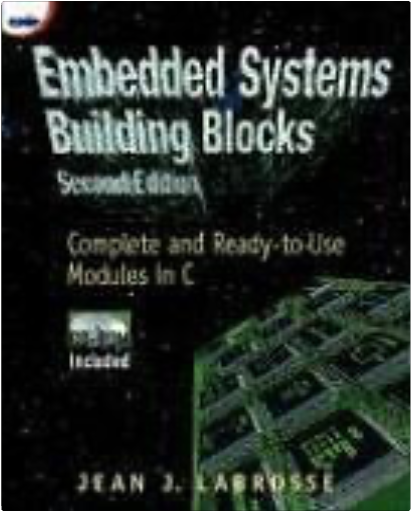
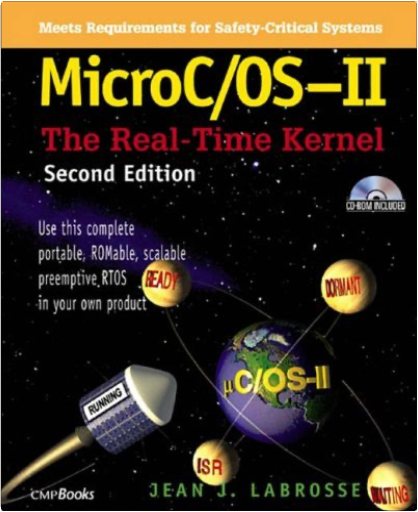
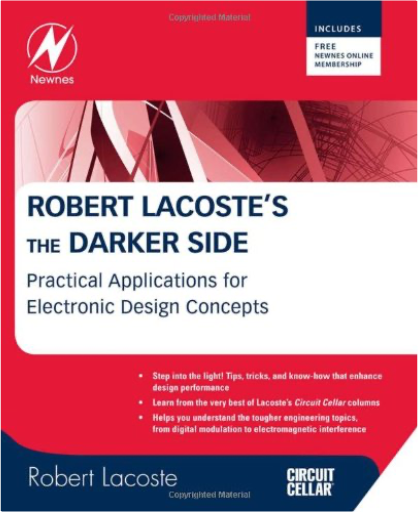


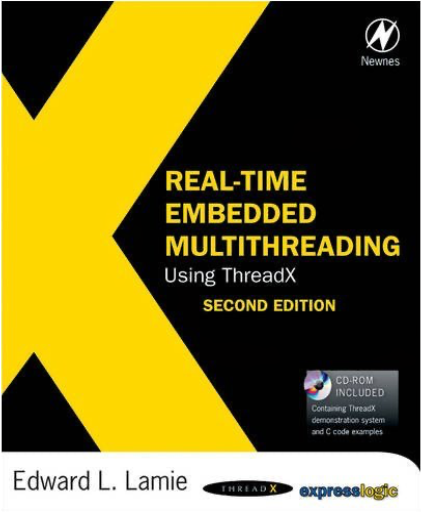

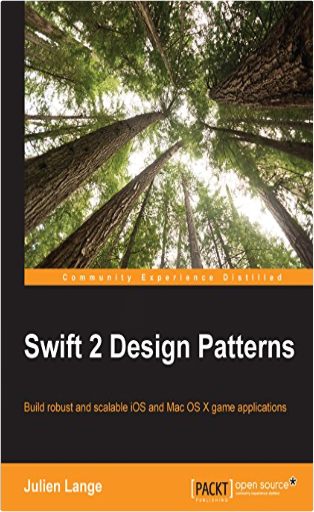
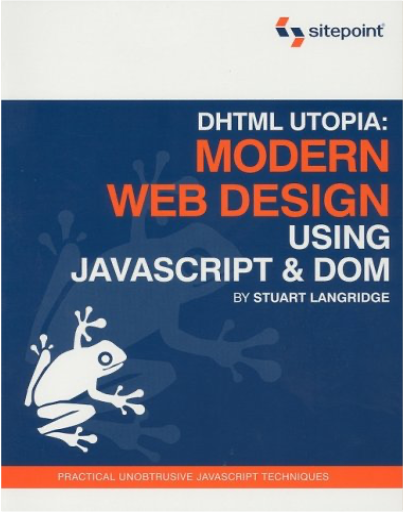

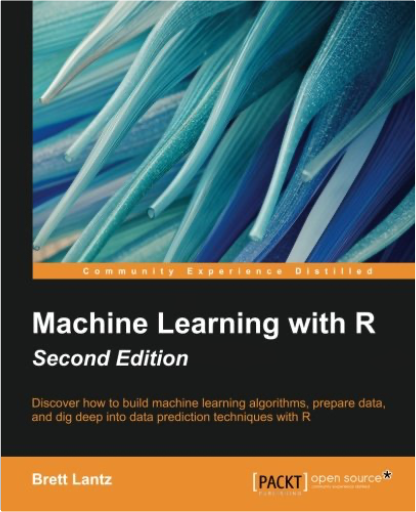
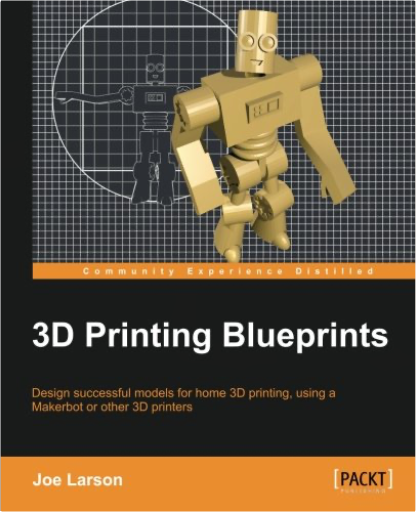


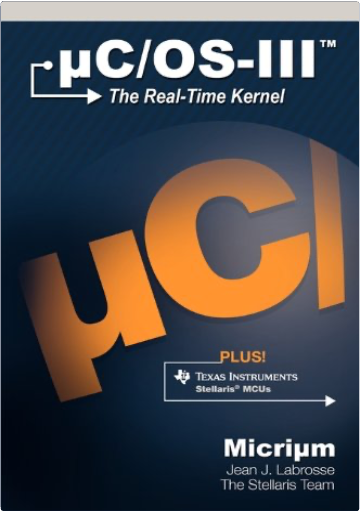
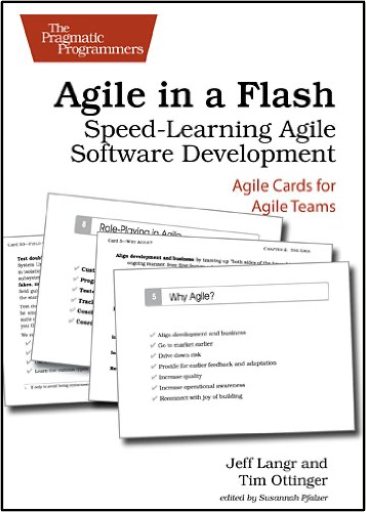
 Made with Delicious Library
Made with Delicious Library